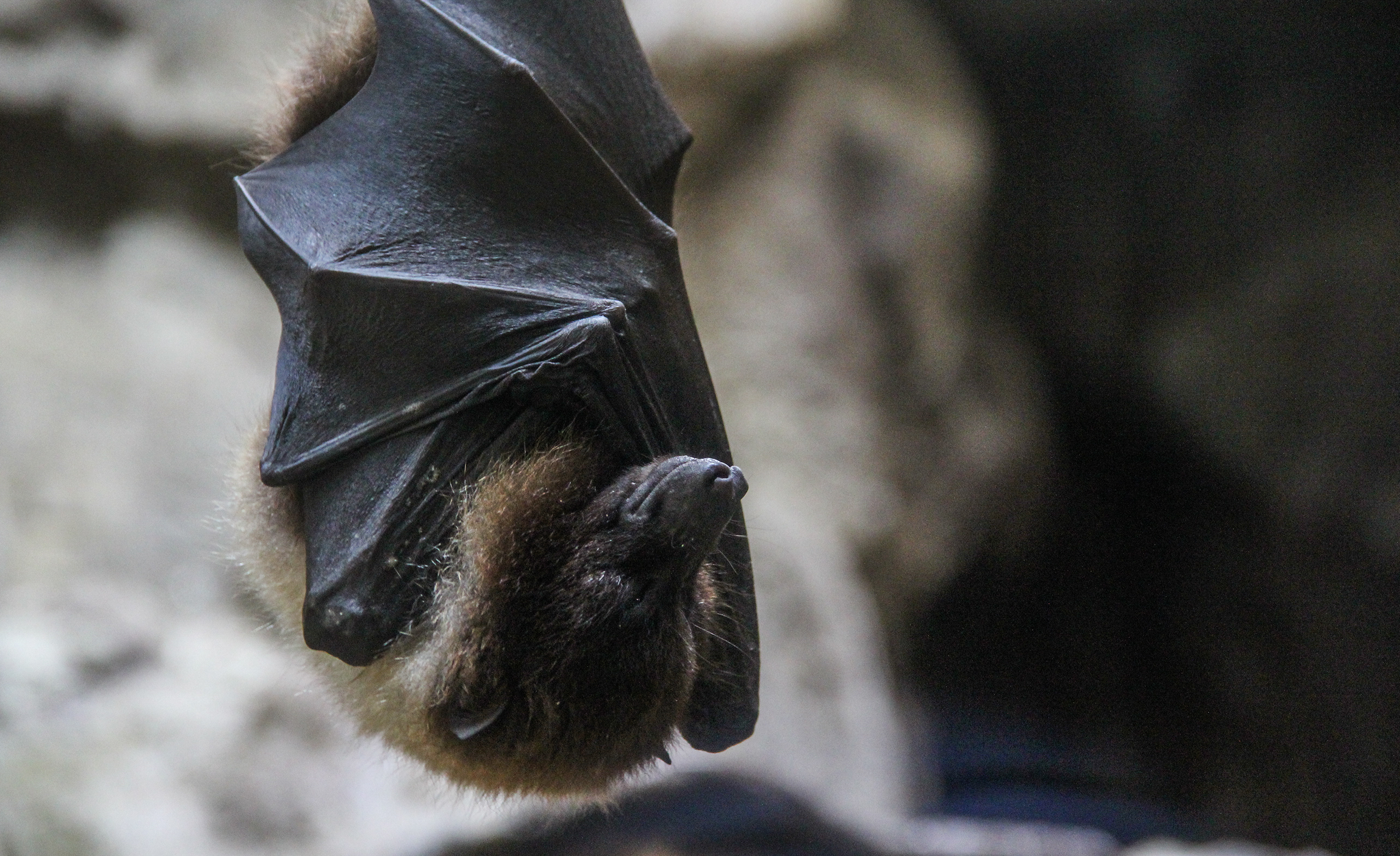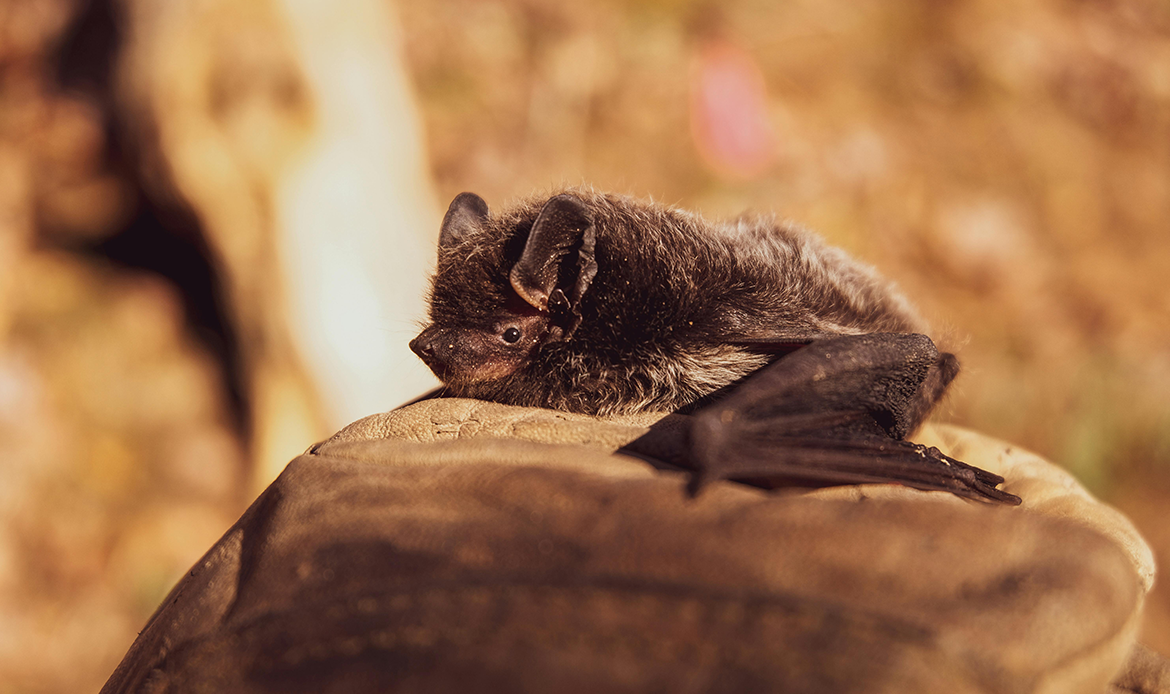
Help Save Wildlife by Understanding the Role of Bats in Our Ecosystems
When we think of efforts to help save wildlife, majestic animals like tigers, elephants, or dolphins often come to mind. Yet, one of the most vital creatures for our ecosystem often goes unnoticed — bats. These nocturnal mammals play a silent but powerful role in maintaining ecological balance. Unfortunately, fear, myths, and habitat loss have made bats one of the most misunderstood and threatened species on Earth.
In this article, we’ll explore why bats are essential to nature, how their decline could impact global biodiversity, and what each of us can do to protect them. By understanding the importance of bats, we take a major step forward in our shared mission to protect wildlife and ensure a thriving planet for all species.
Table of Contents
The Ecological Importance of Bats
Bats are found on every continent except Antarctica, with over 1,400 species known today. Despite their small size, they have a massive ecological impact. Their role can be grouped into three main categories: pollination, pest control, and seed dispersal.
1. Bats as Pollinators
Over 500 plant species — including bananas, mangoes, and guavas — rely on bats for pollination. Known as “nighttime gardeners,” bats transfer pollen while feeding on nectar, ensuring fruit-bearing plants continue to thrive. Without bats, the natural regeneration of forests and crops would drastically decrease, threatening food chains and local economies.
2. Natural Pest Controllers
A single bat can eat up to 1,000 insects per hour. This natural pest control helps farmers reduce chemical pesticide use, saving billions of dollars annually in crop protection. Fewer pesticides mean a healthier environment for humans and other animals alike — a win-win for wildlife conservation.
3. Seed Dispersal and Forest Regeneration
Fruit-eating bats play a crucial role in spreading seeds across large distances. After consuming fruits, bats excrete seeds while flying, helping to regrow deforested or burned areas. In tropical regions, they are indispensable to forest recovery, making them silent heroes in the fight against climate change.
Threats Bats Face in 2025
Even with their importance, bat populations are declining rapidly. The threats they face mirror those faced by many endangered species in 2025, making them a key indicator of broader ecosystem health.
1. Habitat Loss
Urban expansion, deforestation, and cave destruction have forced bats to lose their natural roosting sites. As their homes vanish, bats are left vulnerable to predators and starvation.
2. Climate Change
Changes in temperature and rainfall patterns affect the insects and fruits bats rely on for food. Prolonged droughts and rising temperatures also disrupt breeding patterns and hibernation cycles.
3. Disease and Misinformation
Bats have unfairly been blamed for spreading diseases, leading to fear-driven killings. In truth, bats are essential for environmental balance, and eradicating them worsens ecological instability. Education is the best weapon against misinformation and a key step to save endangered animals.
4. Light Pollution
Artificial lighting interferes with bats’ navigation and feeding patterns. As cities grow brighter, bats lose access to dark flight paths and feeding zones, leading to population decline.
The Ripple Effect: What Happens If Bats Disappear
Imagine a world without bats — insects would multiply unchecked, farmers would rely more on pesticides, food prices would rise, and forests would struggle to regenerate. The loss of bats would send shockwaves through the food chain, impacting everything from birds and reptiles to humans.
This makes bat protection not just a niche cause but a wildlife conservation priority. Saving bats helps sustain entire ecosystems, proving how deeply interconnected life on Earth truly is.

Simple Ways You Can Help Save Bats and Other Wildlife
The fight to help save wildlife begins with awareness and small daily actions. Here’s how you can make a difference:
1. Create Bat-Friendly Spaces
If you have a garden or property, consider installing bat houses. They provide safe roosting spots and help control insects naturally. Avoid using harmful pesticides or bright lights near these areas.
2. Support Bat Conservation Programs
Join or donate to nonprofit organizations focused on wildlife conservation. These groups often conduct rescue operations, awareness campaigns, and scientific research to protect bats and other species.
3. Educate Others
Combat myths about bats by sharing accurate information. Host awareness sessions, school talks, or community events. Knowledge is the first step to animal extinction awareness.
4. Volunteer for Conservation Projects
If you’re passionate about making an impact, consider becoming a volunteer to save animals. Whether it’s through habitat restoration, wildlife monitoring, or education drives, your involvement can directly help protect wildlife and promote sustainability.
5. Advocate for Policy Change
Support laws and regulations that protect natural habitats. Push for stronger enforcement against deforestation, wildlife trafficking, and harmful pesticide use.
Bats as Symbols of Ecological Hope
Despite centuries of fear and superstition, bats symbolize resilience and adaptability. In many cultures, they are seen as signs of rebirth and renewal — fitting symbols for our planet’s need to heal. By shifting public perception, we can change the future of bats and the ecosystems they sustain.
Every small effort — from educating your neighbours to planting bat-friendly trees — contributes to the larger movement to help save wildlife. Bats remind us that even the smallest creatures have a huge impact on the health of our planet.
Conclusion: A Shared Responsibility to Protect Wildlife
Understanding the role of bats gives us a clearer picture of how interconnected life truly is. To save endangered animals, we must first recognize that every species, no matter how small or misunderstood, has a role in maintaining ecological balance.
By protecting bats, we protect pollination, agriculture, forests, and the biodiversity that sustains all life. Let’s commit to building awareness, supporting conservation efforts, and creating bat-friendly spaces. Together, we can turn fear into fascination and indifference into action.
Every voice counts. Every choice matters. It’s time to help save wildlife — one bat at a time.
FAQs About Bats and Wildlife Conservation
Q1. Why are bats important for the environment?
Bats play key roles in pollination, seed dispersal, and insect control. Their activities help maintain healthy forests, improve crop yields, and reduce the need for harmful pesticides.
Q2. Are bats considered an endangered species in 2025?
Yes, several bat species are now listed as endangered species in 2025 due to habitat loss, disease, and climate change. Their decline poses serious threats to biodiversity.
Q3. How can I personally help save wildlife, especially bats?
You can help save wildlife by avoiding pesticides, supporting conservation nonprofits, spreading awareness, and volunteering to protect wildlife in your community.
Q4. Why do bats get a bad reputation?
Misinformation about diseases and fear of the dark have given bats an undeserved negative image. In reality, bats are harmless and vital for environmental balance.
Q5. Can I volunteer to save animals and support bat conservation?
Absolutely. Many organizations allow you to volunteer to save animals, help rescue injured bats, or participate in habitat restoration programs.
